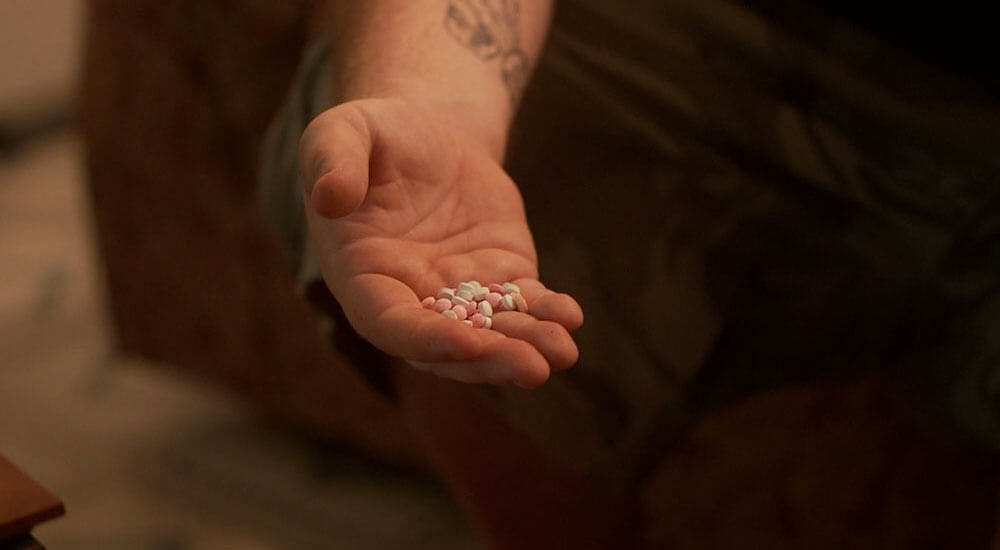How West Virginia's Oceana Became Oxyana
A rural town in West Virginia, Oceana once had a high-functioning legal economy centered around coal-mining. In the past few decades, the extractive industry changed: outsiders purchased the land, coal miners were laid off and production in Wyoming County became less prosperous.
The younger generations moved into adulthood. They were familiar with oxycodone, hydrocodone and other milder medications prescribed to their fathers, which helped to mitigate pain and keep them working long hours in the mines.
But when OxyContin became available in 1996, casual users misunderstood the strength and became quickly addicted. Residents began to interact more frequently with the underground economy, and more potent pain medications became widely available. A variety of social problems, like poverty and entertainment deserts, came together with extensive pharmaceutical output to conceive the public health issue now known as the opioid crisis.
The Number One County for Prescription Drug Use
When the documentary was filmed in 2013, Oceana was the number one county for prescription drug use in the state of West Virginia, which had been associated with the most prescriptions per population on an annual basis in the U.S., according to the Centers for Disease Control and Prevention (CDC).
But the film sparsely mentions facts and statistics, choosing instead to rely entirely on the accounts of residents in interviews. It’s the addicts, dealers, prosecutors, dentists, and emergency room doctors who chronicle Oceana’s evolution into lawlessness, descent and decay.

Image courtesy of Oxyana.com.
Referred to as “the devil’s pills,” the introduction of synthetic painkillers like OxyContin led to increasing crime and dwindling trust in Oceana. Theft, sex work, Hepatitis C, neonatal abstinence syndrome are all impacts discussed in the film.
The residents' intimate interviews paint a difficult picture of the crisis. According to the residents, dealing drugs seemed like a better option than working a service job in Oceana. An 80mg OxyContin cost $120 before the recall, then later went for $170 or $180, according to the film.
A female resident interviewed in the film said that it takes her about $600 to $800 worth of pain medications to get high per day. Most are trying to prevent sickness and withdrawal, she said.
Their names do not populate at the bottom of the screen, like in most documentary films. The subjects remain somewhat anonymous.
From the beginning, the film showcases the town’s natural beauty: unabated, lush greenery surrounded by mountains. However, this means residents have to travel 45 minutes to access a mall, movie theater or bowling alley.
“Drugs is what’s blooming around here,” a resident said.
Remembering Oxyana
Dunne, best known for his 2011 short documentary American Juggalo, crowd-funded more than $50,000 on Kickstarter to produce Oxyana. In April 2013, Oxyana made its debut at the Tribeca Film Festival held in Brooklyn, New York. Though it was Dunne’s first feature, it won awards for Best New Documentary Director and Documentary Feature.
The film’s reception was controversial. It won awards, but residents felt it painted them as hopeless, further exacerbating the stereotype of Appalachian fatalism. Critics have called it poverty tourism, and regardless of whether or not that may be true, it creates a harrowing picture of life with opioid addiction.
Now, for the first time in 30 years, opioid overdoses have decreased in the United States. As we try to pinpoint the factors that led to the opioid crisis, namely irresponsible and unethical decisions made by doctors and pharmaceutical companies, we must remember Oxyana.
The film exposes a kind of dystopian darkness we can’t be quick to forget.
Oxyana is available on Amazon Prime Video, iTunes and Vimeo.
